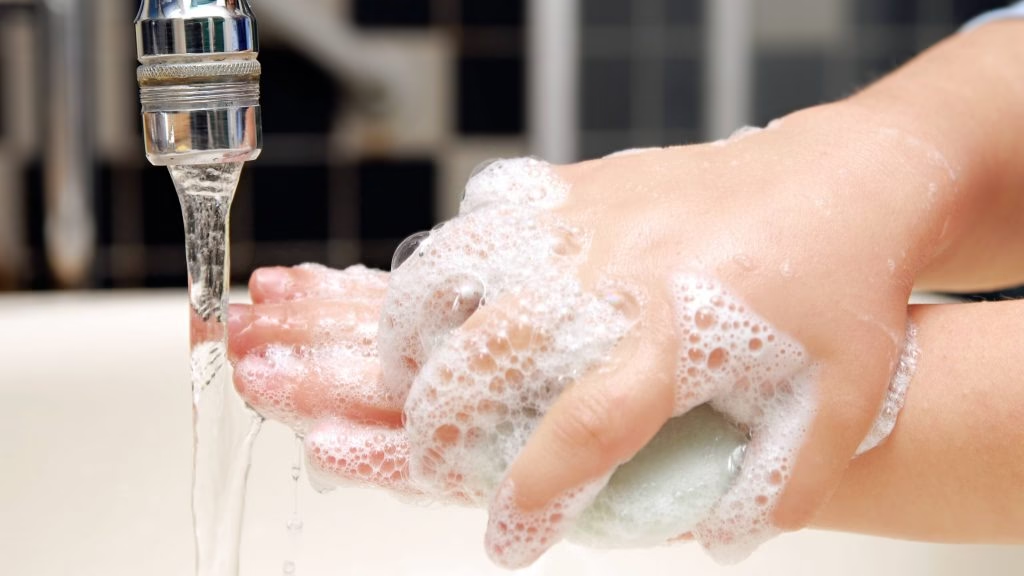Good health starts with the simplest of habits. One of the most basic—and most overlooked—is washing your hands after using the toilet. While many people know they should wash their hands, not everyone does it correctly or consistently.
Failing to wash hands allows harmful bacteria, viruses, and parasites to spread easily. This can cause a range of infections, from mild stomach bugs to life-threatening illnesses. Practicing self hygiene is not just about looking clean—it’s about preventing disease, protecting loved ones, and ensuring overall well-being.
Let’s explore the 10 diseases caused by not washing hands after toilet and why the importance of self hygiene cannot be ignored.
-
Diarrheal Diseases
The most common outcome of poor handwashing is diarrhea. Harmful organisms like E. coli, Salmonella, and Shigella can spread from fecal matter to food, water, and surfaces. Diarrheal infections cause dehydration, weakness, and in severe cases, can even be fatal—especially for children.
-
Hepatitis A
Hepatitis A is a liver infection spread through contaminated hands, food, or water. The virus can survive on surfaces for weeks and quickly spreads in environments with poor self cleanliness. Symptoms include fatigue, nausea, abdominal pain, and jaundice (yellowing of the skin and eyes).
-
Typhoid Fever
Typhoid is caused by the bacteria Salmonella Typhi. It spreads through food or water handled with unwashed, contaminated hands. Typhoid can cause high fever, abdominal pain, weakness, and in severe cases, intestinal bleeding. Proper hand hygiene dramatically reduces its risk.
-
Cholera
Caused by Vibrio cholerae bacteria, cholera spreads through contaminated food and water. Poor handwashing habits contribute to its rapid transmission. Cholera leads to severe watery diarrhea and dehydration, requiring immediate medical attention.
-
Norovirus Infections
Norovirus is infamous for causing outbreaks of gastroenteritis (commonly called the stomach flu). It spreads quickly in schools, workplaces, and homes through contaminated hands and surfaces. Symptoms include vomiting, diarrhea, and stomach cramps—sometimes lasting days.
-
Pinworm (Enterobiasis)
Pinworm infections are common among children and spread when eggs from contaminated hands are transferred to the mouth or household objects. Poor self hygiene after using the toilet makes reinfection easy, leading to constant itching and discomfort.
-
Hand, Foot, and Mouth Disease (HFMD)
Though often seen in children, HFMD can affect adults too. The virus spreads through unwashed hands and contaminated surfaces. It causes fever, mouth sores, and rashes on the hands and feet. Good handwashing reduces outbreaks.
-
Giardiasis
This intestinal infection is caused by the parasite Giardia lamblia. It spreads through fecal contamination when people neglect proper self cleanliness. Symptoms include bloating, diarrhea, and fatigue, often lasting for weeks if untreated.
-
Rotavirus
Rotavirus is a leading cause of severe diarrhea in children worldwide. Unwashed hands can transfer the virus to food, toys, and everyday objects. While vaccines help, regular handwashing remains a critical prevention method.
-
Respiratory Infections
Believe it or not, not washing hands after the toilet can also contribute to respiratory infections like colds and flu. Germs spread when contaminated hands touch the mouth, nose, or eyes, allowing viruses to enter the body. This makes self hygiene essential not only for digestive but also for respiratory health.
Why Self Hygiene Matters
The importance of self hygiene goes far beyond looking presentable. It’s about safeguarding your body against preventable illnesses. Handwashing with soap and clean water:
- Reduces diarrheal disease by up to 40%
- Prevents respiratory infections by nearly 20%
- Saves lives, especially among children and the elderly
Handwashing is a simple act, but it has one of the greatest impacts on global health.
Best Practices for Handwashing
To maximize protection, follow these steps:
- Wet your hands with clean water.
- Apply enough soap to cover all surfaces.
- Rub palms, backs of hands, between fingers, and under nails for at least 20 seconds.
- Rinse thoroughly under running water.
- Dry with a clean towel or air dry.
Consistency is key—make this a non-negotiable habit after every toilet use, before meals, and after handling potentially dirty surfaces.
Final Thoughts
The diseases caused by not washing hands after toilet use are real, widespread, and dangerous. From diarrhea and typhoid to hepatitis and respiratory infections, neglecting self hygiene puts both you and those around you at risk.
Practicing self cleanliness isn’t complicated—it just requires awareness and discipline. Soap, water, and 20 seconds of your time can protect you from 10 serious diseases and more.
Your hands carry your health. Treat them with care, and they’ll safeguard your future.
